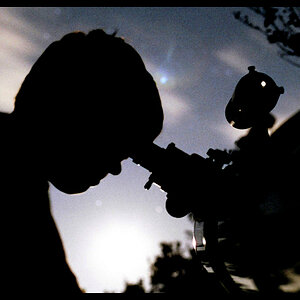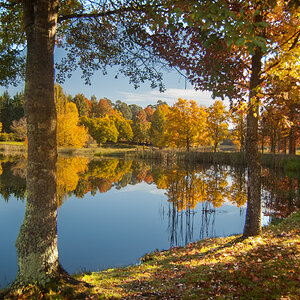Hi all,
I have been taking interior photographs of houses using HDR and I wanted to run my methodology by you all, since I often get mixed results. After using a Nikon D40 for years, I have recently invested in a Nikon D7100 and I am using a 10-20 mm Sigma lens.
Here is what I do for a typical indoor HDR shot:
-Turn all lights on (I don't have lights or strobes)
-Set up camera on tripod
-Use Aperture priority mode at F8, set up auto bracketing to 5 shots (+/- 1 step increment)
-Take the photo with self-timer, which automatically takes the 5 autobracketed shots
-Use Photomatix Pro to merge the shots, but I get lost in the various preset options. Anyone have a recommendation or settings file for indoor arch. photos?
I am also not sure if F8 is the right value. Should I be setting ISO to a fixed setting, like 100? I also noticed that parts of the scenes in some photos are not in focus. I wonder if this is due to the autofocus points set in the camera or the aperture.
Anyways, any input, help, or personal experiences would help. Thanks.
I have been taking interior photographs of houses using HDR and I wanted to run my methodology by you all, since I often get mixed results. After using a Nikon D40 for years, I have recently invested in a Nikon D7100 and I am using a 10-20 mm Sigma lens.
Here is what I do for a typical indoor HDR shot:
-Turn all lights on (I don't have lights or strobes)
-Set up camera on tripod
-Use Aperture priority mode at F8, set up auto bracketing to 5 shots (+/- 1 step increment)
-Take the photo with self-timer, which automatically takes the 5 autobracketed shots
-Use Photomatix Pro to merge the shots, but I get lost in the various preset options. Anyone have a recommendation or settings file for indoor arch. photos?
I am also not sure if F8 is the right value. Should I be setting ISO to a fixed setting, like 100? I also noticed that parts of the scenes in some photos are not in focus. I wonder if this is due to the autofocus points set in the camera or the aperture.
Anyways, any input, help, or personal experiences would help. Thanks.



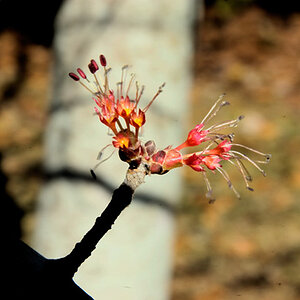

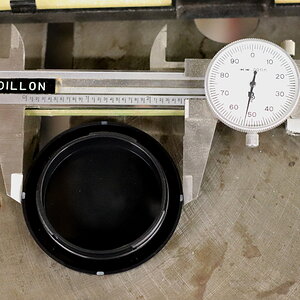
![[No title]](/data/xfmg/thumbnail/39/39476-6e232ea205145ad1a1da0690d7617642.jpg?1619739045)

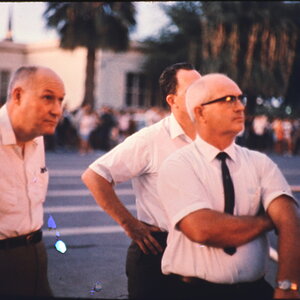
![[No title]](/data/xfmg/thumbnail/31/31094-f975d7e61424996edc28cec3b9dd70a8.jpg?1619734611)
![[No title]](/data/xfmg/thumbnail/42/42268-15c1c02cec1d71208987fc7c7ec7784c.jpg?1619740077)
![[No title]](/data/xfmg/thumbnail/33/33359-a5cf76b8e843e82b3831650af6dfa6b3.jpg?1619735923)
